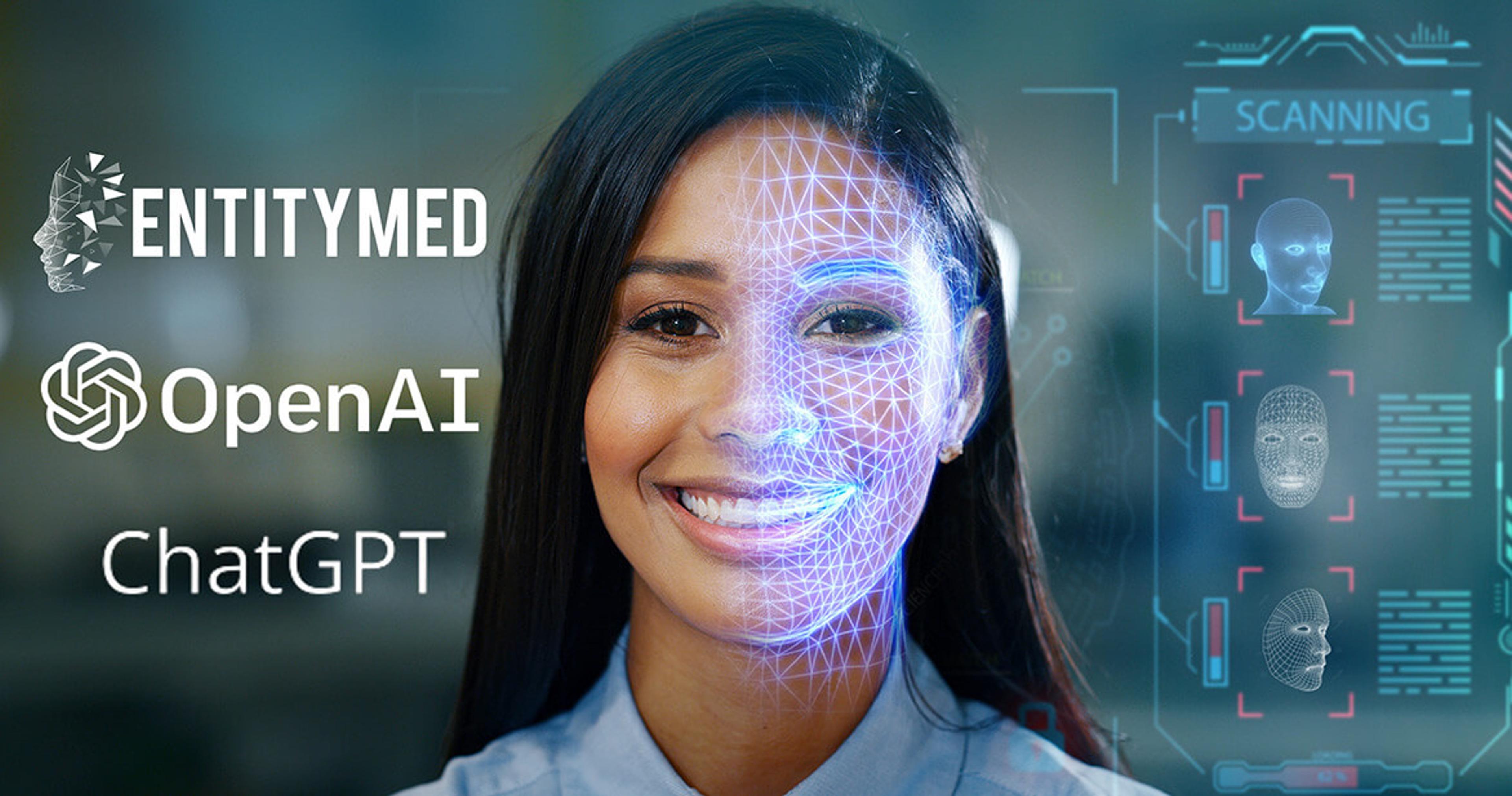By now, you've surely heard of ChatGPT, the Generative AI chatbot by OpenAI released this past November. Utopian or dystopian, like it or not, there’s no denying our collective future includes Artificial Intelligence. Here at EntityMed, we’re excited about the power of AI to complement human talent and expertise. And we’re applying it in the seemingly least likely of places… the medical aesthetic industry.
According to the American Society of Plastic Surgeons, in 2020, 4.4 Million Toxins procedures were performed in the United States. This is followed closely by 3.4 Million soft tissue filler procedures (and keep in mind, we were in the midst of a global pandemic). Straits Research estimates the global aesthetic medical market to have been worth $105 Billion in 2021, with project growth to $245 Billion by 2030.
Generative AI refers to artificial intelligence that can generate novel content, rather than simply analyzing or acting on existing data. Before ChatGPT was writing songs or code, the rage was all in using generative AI to create images. Remember when you were making funny pictures of yourself as a viking or a cowboy? It seems everywhere you turn lately, people are talking about the power of Generative AI for content creation, automation and analytics- but we see its potential somewhere else… facial aesthetic treatments.
When you buy shoes, you try them on. When you buy a car, you give it a test drive. But with something like toxin or fillers, which can alter the way your face looks for 3 months up to 3 years, you have to just trust graphic projections or verbal descriptions. Now, with the power of our generative AI, you can virtually simulate your post-facial aesthetic treatment results with high clinical accuracy. EntityMed’s patented technology realistically predicts how skin tissue behaves, linking the treatment plan with the outcome. With this AI Simulator, instead of just trusting a clinician when she tells you that the appearance of those crow’s feet will significantly diminish with 12 units of Toxin, the patient can see it for himself. Rather than seeing other clients’ before and after lip filler images, a patient can generate a personalized before and after image of her own lips on her own face.
As the medical aesthetics field continues to boom, and cosmetic procedures and treatments continue to be the ‘norm’ in our society, we will see leaps in the technology surrounding the patient experience. EntityMed is thrilled to be setting the pace.
References:
https://www.plasticsurgery.org/news/plastic-surgery-statistics
About Natalie Solomon
Comments:
More Stories
How AI is redefining marketing ROI for aesthetic practices
There are almost 10K medspas in the US, with thousands of new practices opening each year. As the aesthetic industry continues to surge, acquiring new patients is becoming more and more expensive.
How to attract more patients to your clinic using AI
5 things patients consider when deciding on a med spa and how your clinic can address these concerns.

